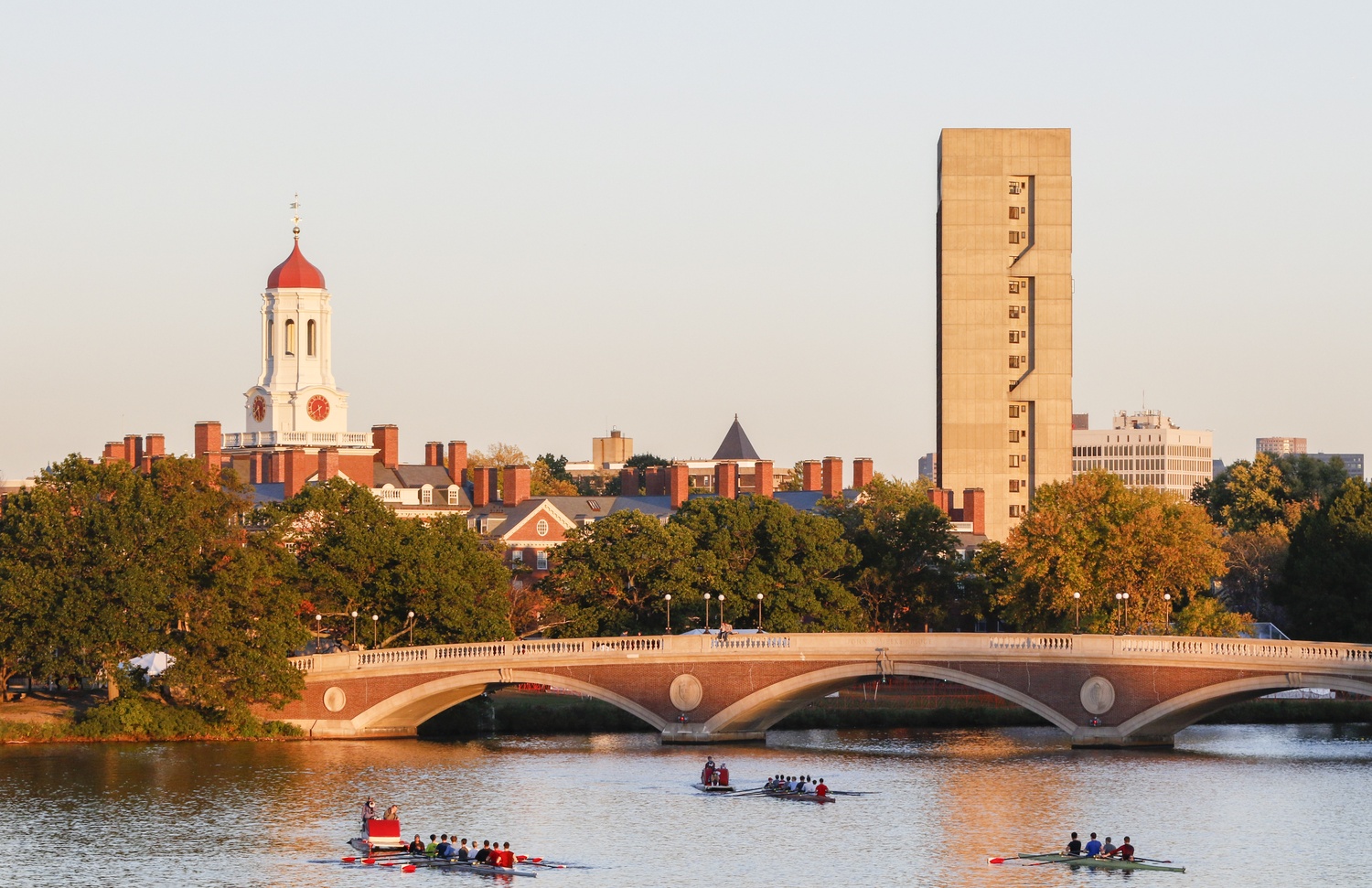
News
Summers Will Not Finish Semester of Teaching as Harvard Investigates Epstein Ties

News
Harvard College Students Report Favoring Divestment from Israel in HUA Survey

News
‘He Should Resign’: Harvard Undergrads Take Hard Line Against Summers Over Epstein Scandal

News
Harvard To Launch New Investigation Into Epstein’s Ties to Summers, Other University Affiliates

News
Harvard Students To Vote on Divestment From Israel in Inaugural HUA Election Survey
Charles River Cyanobacteria Advisory Lifted Ahead of Rowing Regatta

A cyanobacterial bloom advisory from the Massachusetts Department of Public Health on the Charles River has been lifted ahead of this weekend’s Head of the Charles rowing regatta, easing health hazard concerns for athletes and spectators.
Though the advisory on the Charles River has been in place since August, it was expanded on Oct. 2 to include a portion of the river upstream of MIT, spanning roughly half the distance to Harvard. An Oct. 8 test found that the concentration of bacteria in the expanded region had lowered to a safe level, but a second consecutive negative test was needed to clear the advisory altogether.
The results of the latest test were released on Thursday, and all four Charles River locations had cyanobacteria concentrations below the advisory limit — clearing the warning for Boston University’s Dewolfe Boathouse. The reduced advisory area clears the entirety of the regatta’s race course, which begins at Dewolfe and ends at Herter Park further upstream.
At high levels, cyanobacteria can damage the liver and brain when ingested due to the toxin they produce, though the risk is typically larger for pets or small children.
The blooms typically occur due to a convergence of high nutrient levels, warm temperatures, and stagnant conditions in water that allow cyanobacteria to flourish. CRWA attributes the Charles River blooms to pollution from stormwater and other ecological issues.
The CRWA first reported dangerously high cyanobacteria levels in the Charles River on July 31, after DPH staff identified signs that the river could be the site of an outbreak.
Another round of testing next week for locations downstream of MIT will determine whether the advisory on all parts of the river will be lifted.
—Staff writer Akshaya Ravi can be reached at akshaya.ravi@thecrimson.com. Follow her on X @akshayaravi22.
Want to keep up with breaking news? Subscribe to our email newsletter.
